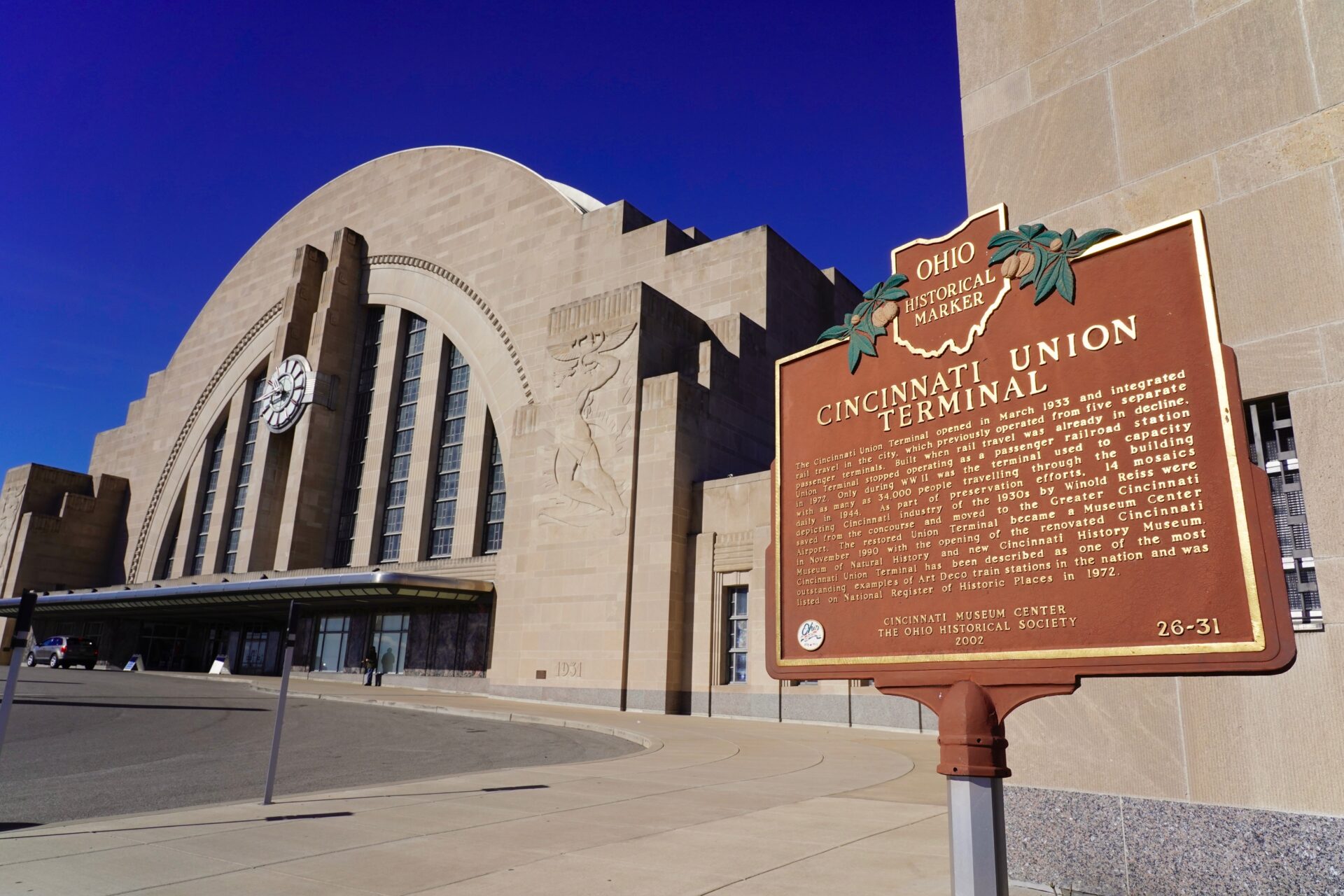
Museum FRACAS Over Police Exhibit!
The Cincinnati Museum Center has declined to host the Greater Cincinnati Police Museum, citing a conflict with its institutional mission, leaving the museum’s future uncertain as its lease nears expiration.
At a Glance
- Cincinnati Museum Center (CMC) rejected the Police Museum’s relocation request in August 2025
- CMC cited concerns over “mission misalignment” and displaying firearms near the Children’s Museum
- The Police Museum’s current lease ends in July 2026, creating uncertainty over its next home
- Law enforcement groups and social justice advocates are divided on the decision
Mission Alignment Dispute
In August 2025, the Cincinnati Museum Center (CMC), which manages multiple museums at Union Terminal, rejected a proposal by the Greater Cincinnati Police Museum to relocate into the facility. A CMC spokesperson said the move did not align with the center’s mission and raised concerns about firearms displays near sensitive spaces, such as the Children’s Museum.
Watch now: Cincinnati Museum Center won’t let police museum move in · YouTube
The Police Museum, led by Director Bill Bueke and CEO Steven Kramer, expressed disappointment with the decision. They argued that law enforcement history can coexist with themes of justice and education, emphasizing their mission to honor police service and provide public learning opportunities. After more than a decade of seeking relocation to Union Terminal, the museum now faces the challenge of securing a new home by 2026.
Institutional Priorities and Reactions
The Union Terminal already houses institutions such as the Holocaust & Humanities Center, the Freedom Center, and the Children’s Museum, all of which maintain missions centered on history, education, and social justice. CMC leaders stressed the importance of “mission alignment” when curating museum partnerships.
Community responses have been divided. Supporters of law enforcement say the rejection diminishes public recognition of police contributions, while advocates of the decision argue it protects thematic consistency and sensitive audiences. The controversy echoes earlier cultural disputes in Cincinnati, such as debates over the 1990 Robert Mapplethorpe exhibit, in which public expectations clashed with institutional missions.
Looking Ahead
The Greater Cincinnati Police Museum’s search for a new location highlights the difficulties faced by specialized institutions seeking placement in shared civic spaces. The museum must relocate its collection by July 2026 or risk losing public access to its exhibits. The decision by CMC underscores ongoing debates about how public institutions balance representation, audience sensitivity, and historical scope.
Whether the museum can secure a new venue in time will determine how future generations engage with regional law enforcement history. For Cincinnati, the episode raises broader questions about how cultural institutions choose which narratives to preserve, and how those choices shape community memory.
Sources
Cincinnati Enquirer
WCPO Cincinnati
Smithsonian Magazine


